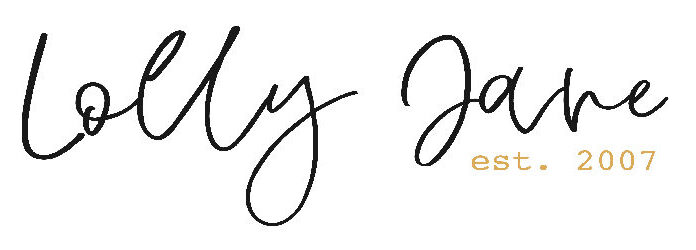free printable fall recipe cards
Keep track of the yummy foods coming and going from your home this fall with these (free) easy-to-print autumn themed recipe cards, also doubles as a tag to a recipe you’ve prepared and are taking to a neighbor, teacher or friend!
Fall Recipe cards
We are so lucky to have a large extended family that swaps delicious foods and desserts for autumn and this year I’m planning to collect each of those tasty recipes so I can make them for friends and neighbors come Thanksgiving time. Mmm! When I saw the cutest recipe card, I was inspired me to recreate my own set, fall style, to pass along with the recipes I’ll be passing out. ?
We are so lucky to have a large extended family that swaps delicious foods and desserts for autumn and this year I’m planning to collect each of those tasty recipes so I can make them for friends and neighbors come Thanksgiving time. Mmm! When I saw the cutest recipe card, I was inspired me to recreate my own set, fall style, to pass along with the recipes I’ll be passing out. ?
Printable Fall Recipe cards
These printable fall recipe cards are so pretty and come ready to print on standard 8.5×11 sheet of paper; I printed from my home ink jet printer onto white card stock then used a paper cutter for crisp lines. There are 3 recipe cards per sheet and we offer 3 different fall themed graphics in this free printable pack… gimme all the cozy autumn watercolor pictures!
Each printable has a set of (3) recipe cards per sheet:
- Variety of Autumn Theme Recipe Cards
- Apple Theme Recipe Cards
- Pumpkin Theme Recipe Cards
- Pie Theme Recipe Cards
These fall cards also double as a tag for a neighbor or teacher gift; just fill out the recipe of the yummy fall food you’re giving away and sign your name at the bottom of the card under “From the kitchen of.” Too cute!
fall desserts to try!
We have a large collection of fall desserts (and 35+ Apple Recipes alone on this post!) that pair well with our pretty fall recipe cards if you’re looking for a recipe to make:
Caramel Apple Cheesecake Topping
20+ FREE FALL THEME Printables
Want even more free fall printables for your home? There’s over 20 available by some truly talented creatives, hop around and see below!
Aaah look at these gorgeous fall prints… everything from printables to display on a vignette, to cards, place cards and napkin rings, you’re sure to love this beautiful collection! ?
- 3 Fall Quotes and Watercolors by Ella Claire & Co.
- Fall Bucket List by Live Laugh Rowe
- Wheat Fields Painting by Zevy Joy
- Pressed Fall Leaves by So Much Better with Age
- Vintage Pear Acrylic Painting by Craftberry Bush
- Fall Menus, Place Cards and Napkin Rings by Designthusiasm
- Minimalist Black & White Fall Printable by Cherished Bliss
- Easy Pumpkin Bread Recipe by Jenna Kate at Home
- Fall recipe cards by Lolly Jane (that’s us!)
- Autumn Watercolor Wreaths by Shabby Fufu
- Modern Sip by Taryn Whiteaker
- Autumn Skies and Pumpkin Pies by Nest of Posies
- Autumn Leaves and Pumpkins Please by My Someday in May
- Welcome Autumn by Anderson + Grant
- Fall Leaves Wall Art by Maison de Pax
- Pumpkin Season by Clean and Scentsible
- Vintage Neutral Farmhouse Fall Printables by Happy Housie
- Autumn Bucket List by Nick + Alicia
- Worlds Okayest Home by My Sweet Savannah
- Autumn Bucket List by My Uncommon Slice of Suburbia
- Chalkboard Thankful Conversation Starters by Home Made Lovely
- Mushrooms by Town and Country Living
- Let it Be Leaves on a Tree by Unskinny Boppy



















Wow, what a great idea and they are adorable!! Thanks for sharing girls.
Hugs, Jamie
This is so beautiful, thank you for sharing!
These are just the cutest! I’m not usually much of a baker – except for fall and Christmas. Then I can’t get enough. lol! Can’t wait to use these!
So pretty Janet. Thank you for sharing xo
These are so cute and the recipes look amazing !